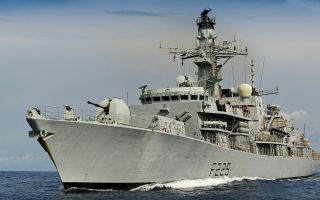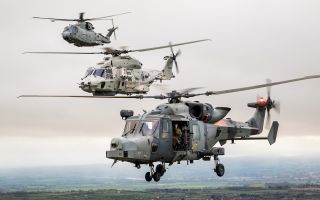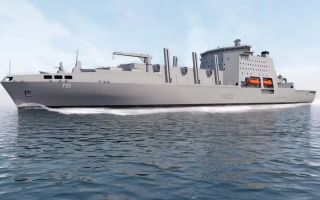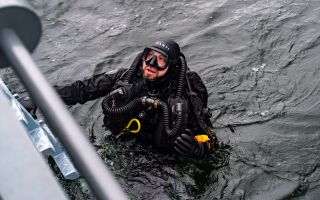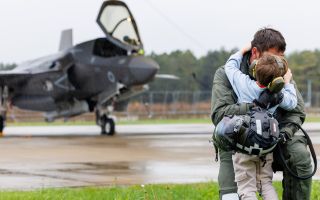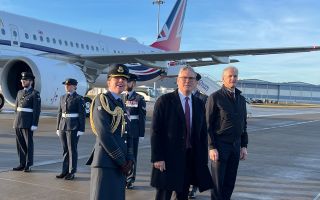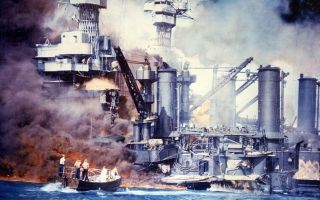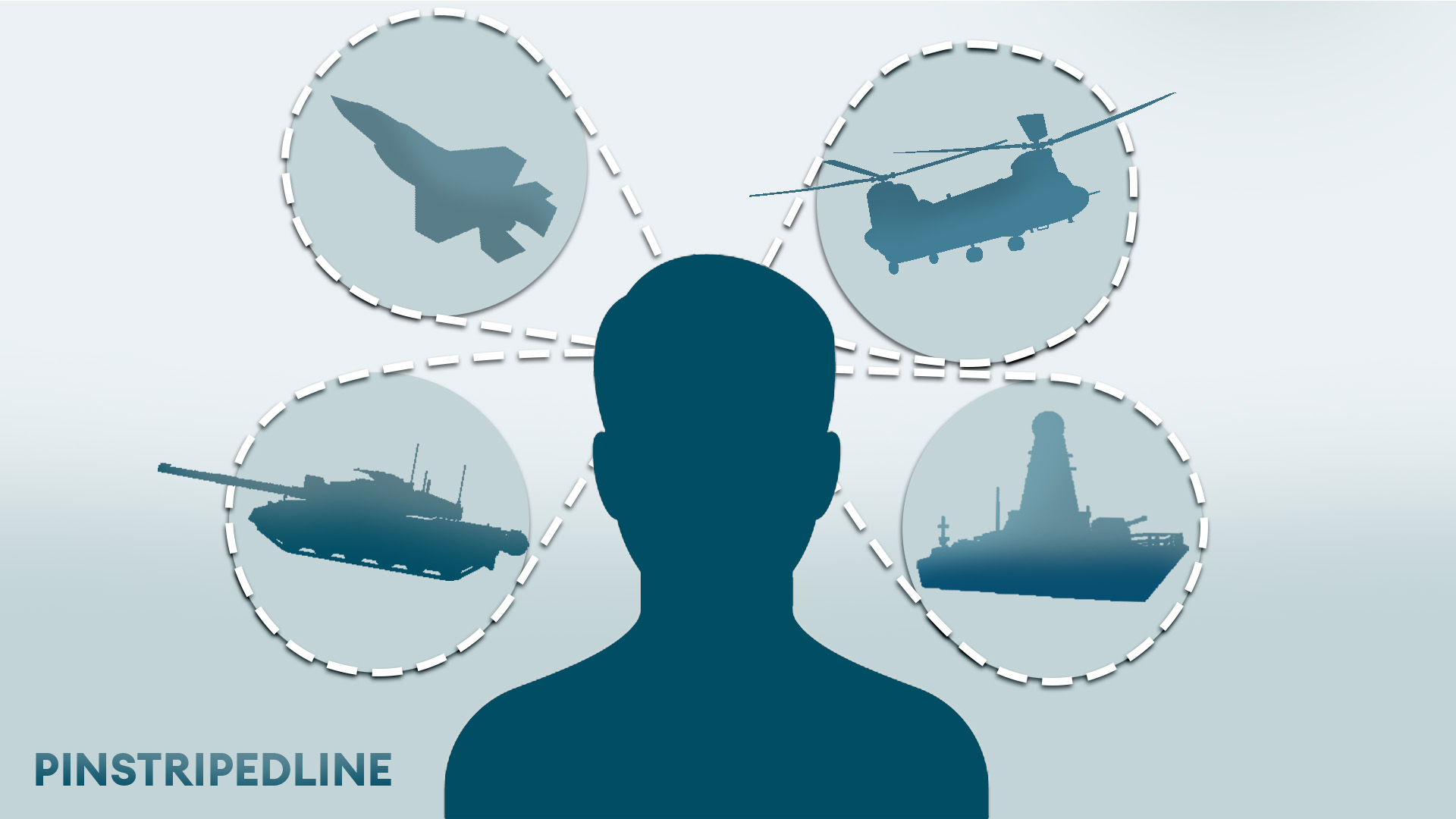
Army becoming UK's 'most Nato' service, but next steps could be a balancing act

Defence and security blogger @PinstripedLine decodes the UK's role in Nato and why it means the most to the Army.
On 1 January 2024, the UK became the lead nation to provide rapid response forces for Nato's Very High Readiness Joint Task Force (VJTF), assigning the British Army's 7th Light Mechanised Brigade Combat Team (the Desert Rats) as the core of Nato rapid response forces for the next 12 months.
This is a major high-profile commitment for the UK and emphasises the importance of Nato at the heart of British defence policy.
But what is the VJTF and why is this commitment so significant?
During the Cold War, Nato member states maintained large armed forces ready to respond to a potential Warsaw Pact invasion.
In peacetime, the British Army had roughly 55,000 soldiers, supported by some 12,000 RAF personnel, permanently based in West Germany to provide a corps formation built around several armoured divisions, which could be rapidly increased in size in the event of war looming.
These forces were at high readiness to respond to an attack and could be mobilised in days, or even hours, as the threat changed.
The end of the Cold War in 1991 saw a rapid reduction in these forces as the threat changed and the Warsaw Pact was disbanded.
Across Nato readiness levels fell and armed forces were slashed as the "peace dividend" arrived.
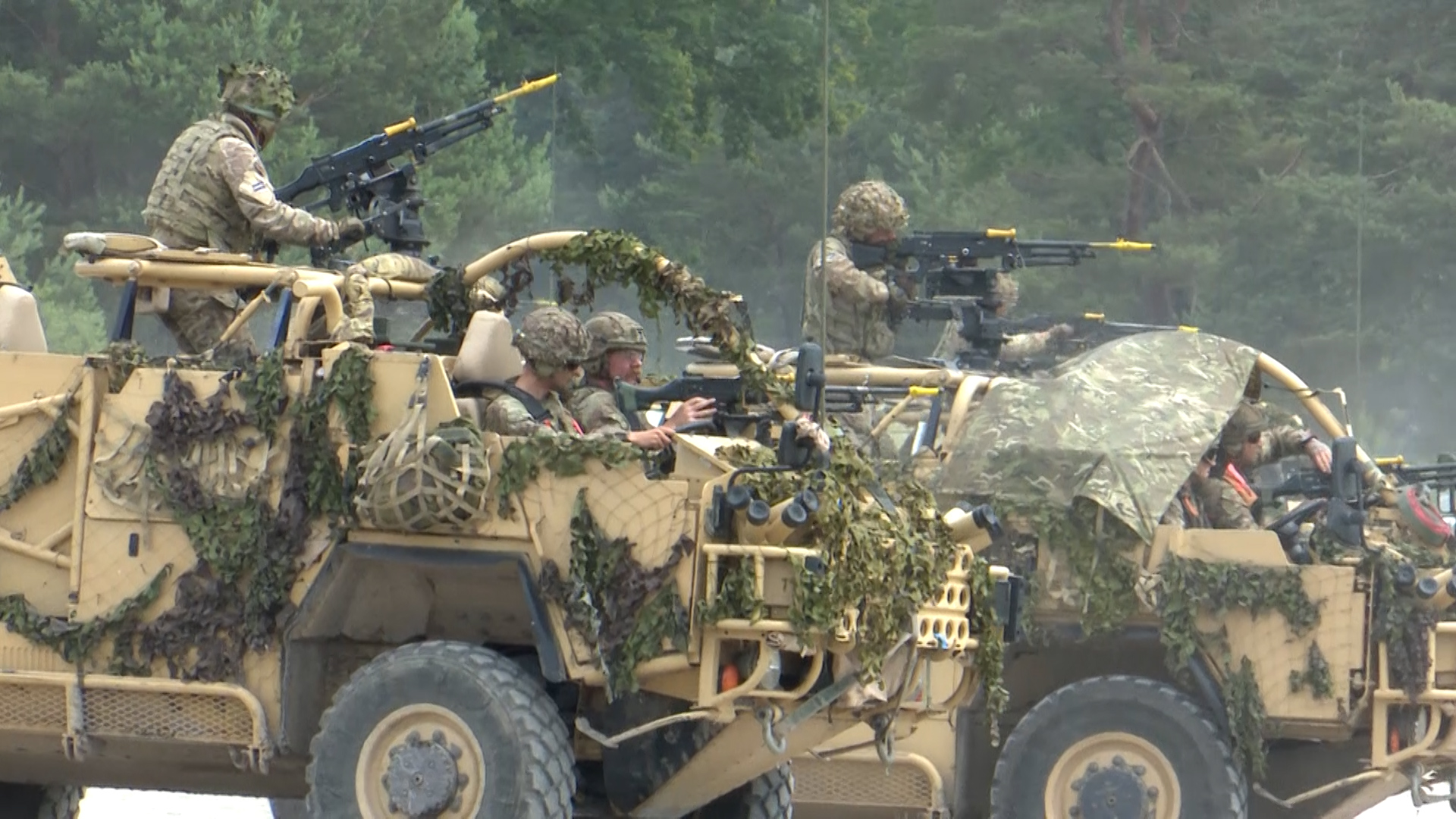
But by the 2014 Nato Summit, the decline in the international situation meant the alliance created a very high readiness force to provide short-notice response capabilities that could quickly be deployed as a deterrent and to support allies.
For example, the Baltic states occupy land borders with Russia, with concerns that any invasion could quickly overwhelm these small states.
If an attack seemed imminent then the VJTF can provide a force that could quickly deploy to reinforce defences, deter an attack and send a clear message that an attack on one Nato member is an attack on all.
The VJTF is around 20,000 strong, with the core of it being a 5,000-strong land brigade, able to be deployed within days of a decision being taken. The force is also supported by other high-readiness assets including special operations forces, air support, warships and other enablers.
For the British Army, following the decades of uncertainty after the end of Cold War around the role of the Army, the resurgence of the Russian threat to Nato provides a compelling vision for the future Army to align to.
This does not mean that the UK sees war with Russia as likely, but it does provide a reference point for planning – if the British Army is trained, equipped and capable of conducting successful defensive operations against the Russian army, it is likely to be able to do the same against other less capable threats.
The rapidly changing security situation in Europe means that the British Army is now primarily focused on providing support to Nato allies, particularly in the Baltic area.
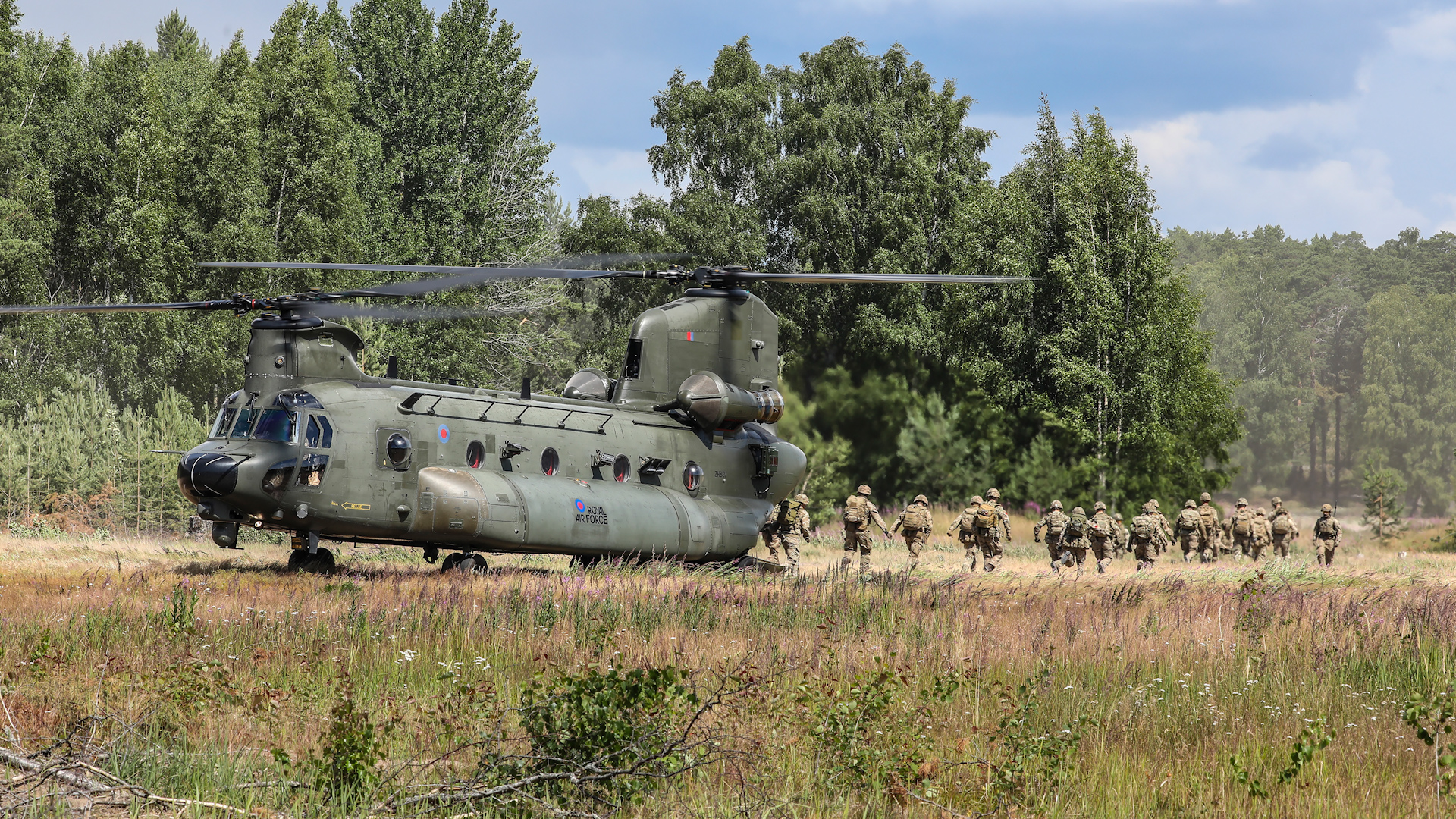
In 2022, the British Army conducted Unified Stance, surging 8,000 troops and dozens of tanks, infantry fighting vehicles and self-propelled guns across 25 different European nations to help build deeper operational relationships.
These exercises have continued since, with troops now permanently deployed across the Baltic alongside other Nato partners to contribute both to regional security and deter Russian aggression.
The commitment of 7 Brigade as the VJTF lead is another example of ongoing UK military leadership in Nato.
This year is likely to see a significant level of military support provided by the UK to Nato, for example earlier this month Defence Secretary Grant Shapps confirmed that more than 20,000 British military personnel, dozens of jets and helicopters, and multiple Royal Navy warships, including a carrier group, would be deployed across Europe as part of ongoing exercises and operations.
Within the first six months of 2024, 16,000 British troops will deploy to Europe including armour, artillery, paratroopers and special operations teams.
This is a significant demonstration of British military commitment to the Nato alliance, and also commits the majority of available British forces to the region, reducing capacity for operations elsewhere, such as the Middle East.
The challenge for the Army is in ensuring that the commitment is credible and that it possesses sufficient forces to meet the demands placed on it if deployed.
The core of the 7 Brigade force is built around infantry and vehicles, drawing on four mechanised infantry battalions and a light recce armoured regiment. These forces are ideal for a fast deployment if needed as a symbol of deterrence, but would require quick reinforcement and support from the UK and wider Nato allies in the event of conflict.
The force is intended as the first line of defence and will require heavier units to follow on if it is to be effective against a determined attacker equipped with modern armour and air assets.

From a policy perspective, planners face some difficult choices around commitments to Nato versus wider operations. The 2023 Defence Command Paper emphasised the importance of Nato to UK security and in committing the Armed Forces to supporting European security.
The Army will be heavily focused in a way not seen since the end of the Cold War on working with partners to deter Russia and help reinforce regional security.
Additionally, there is still a strong policy desire for the UK to be committed globally, playing a part in wider operations around the world – witnessed recently by the ongoing challenges in the Middle East where Royal Navy and RAF units have been engaged in operations against Houthi rebels in Yemen.
For the Army, the challenge is to work out how to balance off having capable forces capable of global operations, such as the deployment of Ranger Battalions around the world training with host nations and having forces capable of responding to the threat from Russia, which requires an Army equipped with much heavier equipment.
The Army may be forced into choosing what is more important for its longer-term requirements.
Is it investment in Nato operations like leading the VJTF and rebuilding a credible heavy armour and infantry force able to deter Russian aggression? Or is it a more global lighter force able to support wider British interests?
This balancing act is complex as there is not enough money available to meet both goals in a meaningful way, because they require very different types of equipment and support.
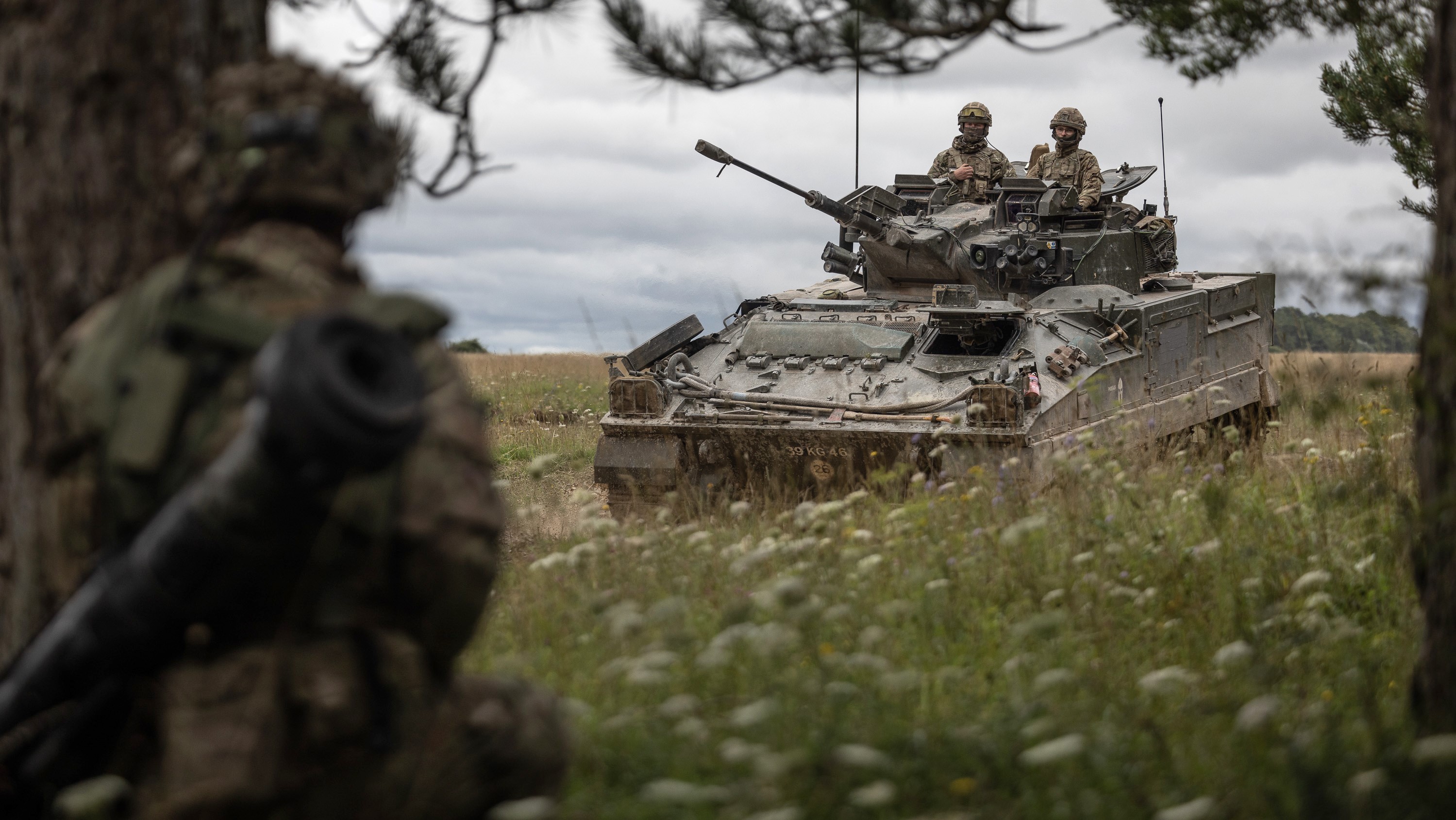
A key challenge is that the British Army is currently undergoing a lengthy transition, slowly phasing out older equipment like Warrior and AS90 while waiting for replacements to arrive.
The much-delayed Ajax programme is yet to meaningfully deliver, while the Challenger 3 tank upgrade is still some years away from entering service.
The challenge Army planners face is making the budget figures add up and working out how to afford new equipment, while managing gaps that may need to be created to free money up by retiring older capabilities.
They are acutely conscious that lessons from Ukraine have highlighted urgent gaps in artillery, drones and intelligence, surveillance and reconnaissance (ISR) capability, but will need to work out how to fund and deliver equipment that meets these needs.
For the UK an interesting defence split appears to be occurring, with the Army becoming the most "Nato" of all the services, while the Royal Navy seems to be the most global, delivering on the "Global Britain" agenda with a network of warships spread around the world conducting defence diplomacy and operations.
The RAF appears to be able to support both, providing airpower to assist with Army manoeuvrability and exercises in Europe, while providing Typhoon fighters to deliver support in the Middle East to wider operations.
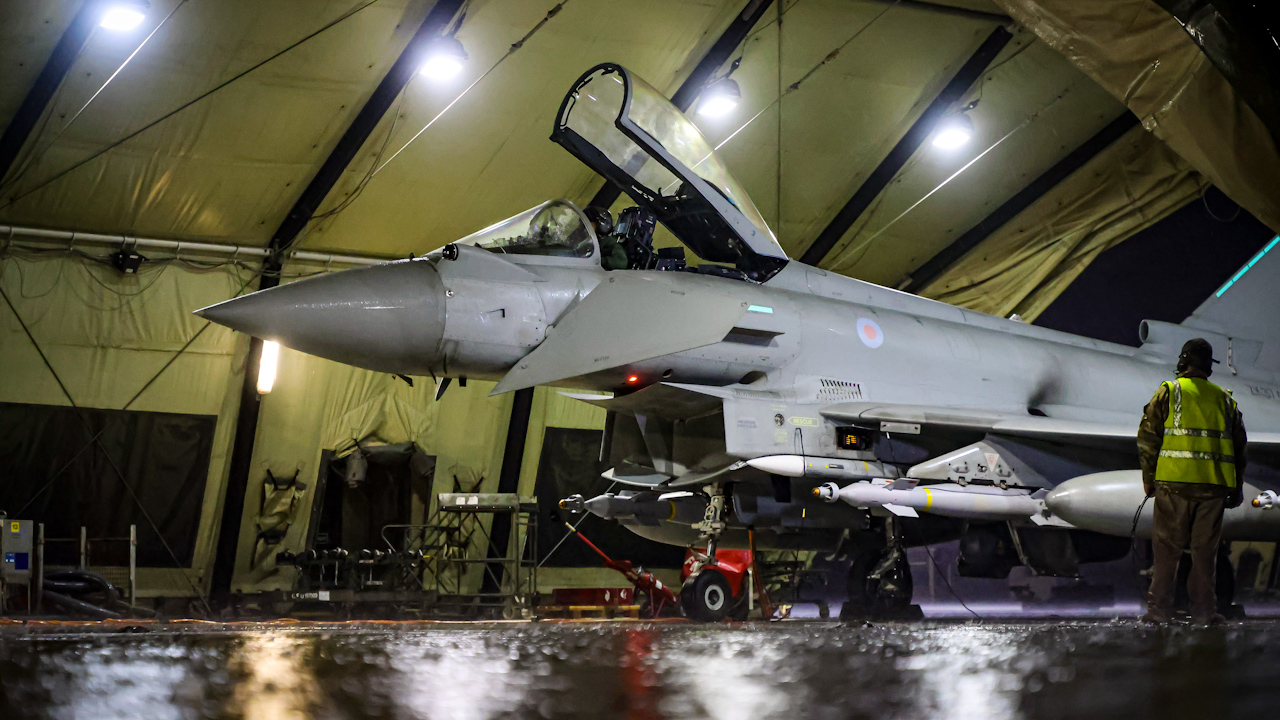
The interesting question is whether the next Defence Review, likely to occur in early 2025, continues this emphasis and split of responsibilities, or if the decision is made to bring the RAF and Royal Navy closer to home.
Regardless of these policy choices, taking leadership of the VJTF is a key moment for the British Army. It provides a strong focus for its efforts in Europe, sitting alongside wider operational commitments in the region as a major role for the Army.
It helps reinforce Nato linkages and ensures that the UK can operate effectively as part of a major Nato exercise or operation at levels that haven't really been exercised at since the Cold War.
In addition, it sends a strong political message of support to Nato partners that the UK is willing to deploy troops to protect allies in a crisis.
The British Army is, it seems, increasingly focused on delivering security on the continent of Europe through deterrence and training.
The ongoing Nato commitments, allied to the huge training efforts to support Ukraine, show a force that is predominantly focused on supporting Nato partners above other commitments.
The challenge for the Army is to ensure that its forces are ready to respond if called in the short term, and in making the right funding and budgetary prioritisation decisions in the coming months and years to ensure the next generation of equipment is delivered to reequip the Army to face emerging threats.
The stakes couldn’t be higher for the Desert Rats.
@PinStripedLine writes anonymously from the heart of the security world. Follow his blog at https://thinpinstripedline.blogspot.com/

